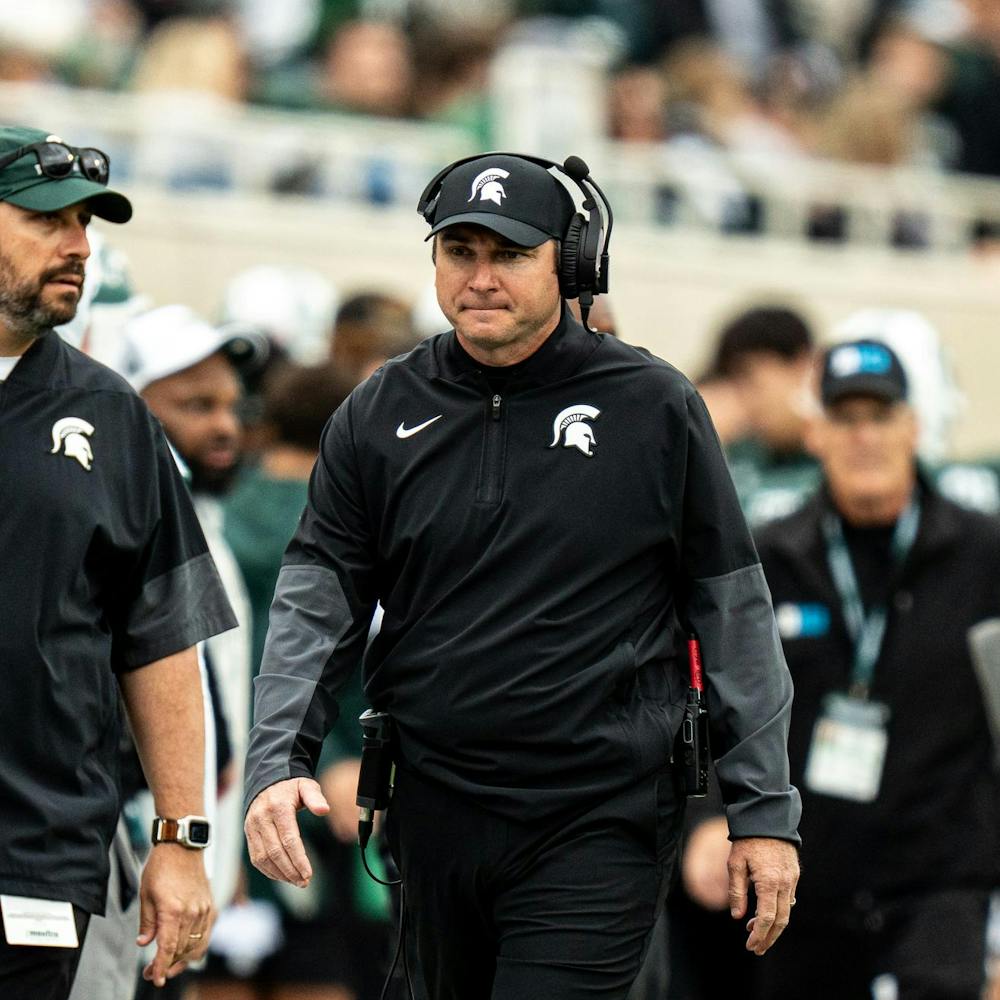Surrounded by the work of feminist artist Miriam Schapiro, a panel of four discussed the role of feminism in art Tuesday at Kresge Art Museum.
The Women’s Studies Program and the Department of Art held a symposium, “Feminism and Art: Differing Perspectives Over 30 Years,” concerning women’s roles in art in the past and present.
“I can’t take anything for granted,” said studio art graduate student April Liu, who was one of the panelists. “I think the past is really important, I don’t think I could be a sculptor if they didn’t pave the way.”
The other panelists were art history Professor Linda Stanford; April Kingsley, Kresge Art Museum curator and an art critic, and studio art Associate Professor Laura Cloud. Coming from different professional backgrounds, each panelist brought a different sense of appreciation and experiences about feminism and art.
In 30 years, women’s roles in art have changed: There are more women involved in art, but they are still asking for recognition.
Art has many meanings and aspects, so the categorization of art is difficult, the panelists agreed. Art explores many facets of life, and feminism is just one facet that has received less attention in the past.
Traditionally, men have dominated the art world, but people did not acknowledge it as much because male domination has been ingrained in society.
“People never realize the power of cultural values,” Stanford said.
Although it came around at the same time as the women’s movement in the United States, feminist art is a movement of its own.
In the past, many art history courses didn’t involve women, supporting the myth that there were no women artists. Nearly outcasts in the art world, women got a jolt of inspiration in the late 1960s and early 1970s, Kingsley said.
“During this time there was an increasing level of sensuality and expression that always focused back on women,” Kingsley said.
The symposium featured slides demonstrating the important changes that have been and are being made in feminist art. Work from the “Woman’s House” was included among the slides. The project, constructed in 1971 by Judy Chicago and Schapiro, is considered to be a first in feminist art. The artists created works of art representing women’s lives throughout a falling-down mansion.
At that time, many female artists were considered secondary to their male counterparts, Stanford said.
The youngest of the panelists, Liu said she has been influenced by feminist artists. She views her own work as a process of self-discovery.
Liu, who generally works with the human body, showed slides of her sculptures of the inside of the human ear and lung.
“My work’s a net relationship between the art and the viewer,” Liu said.






